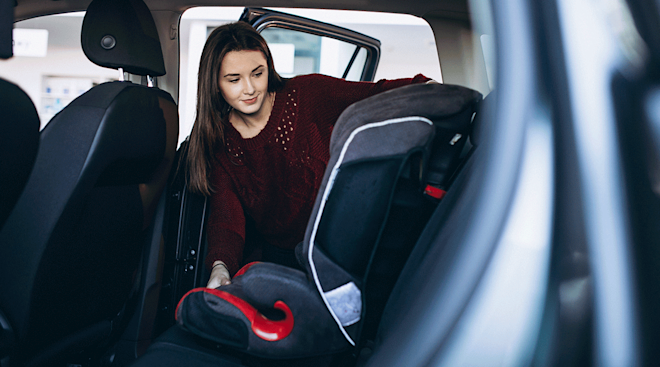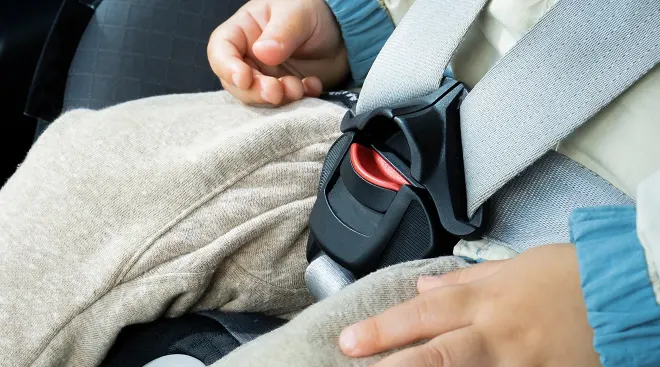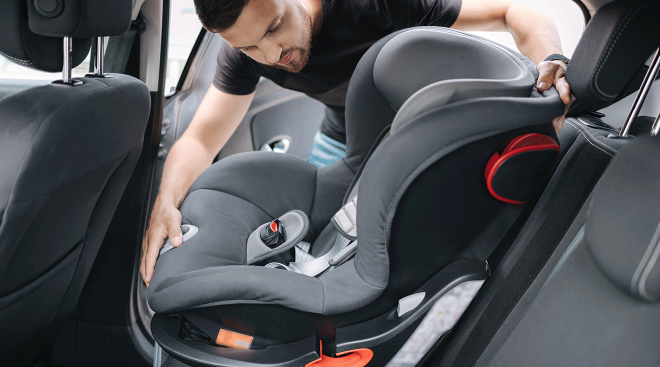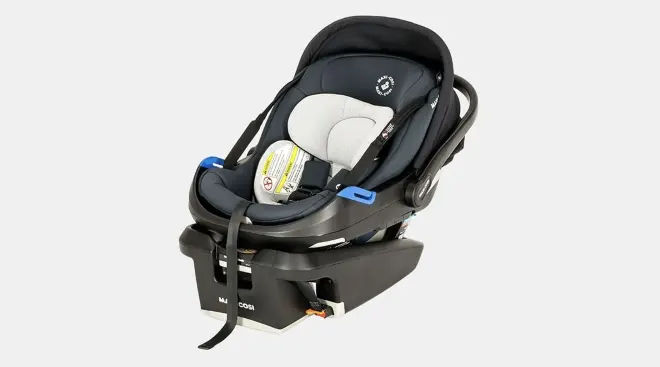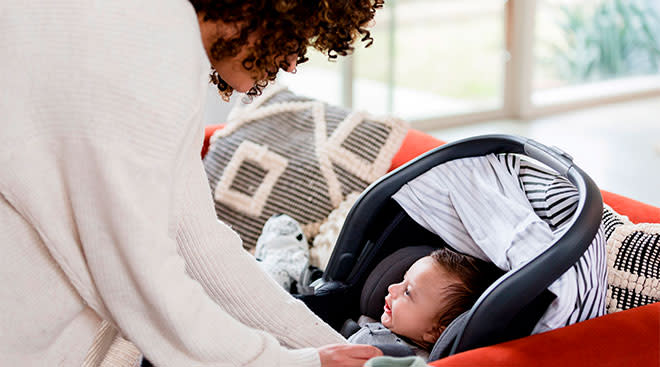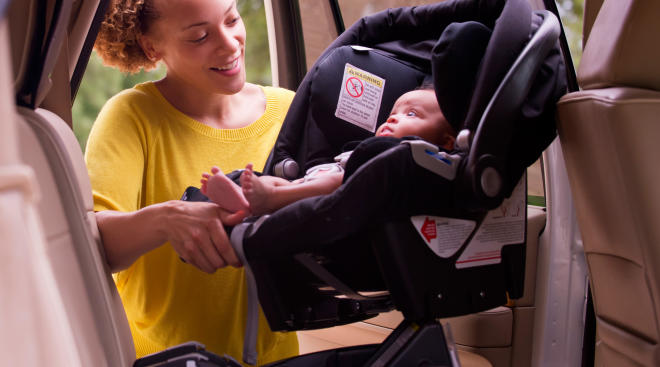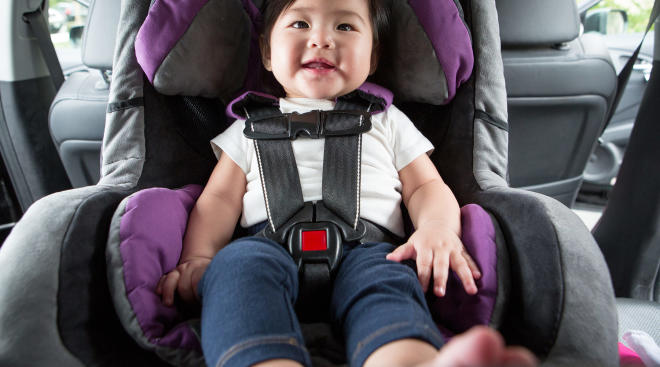Mom Advocates for Rear-Facing Seats After Close Call on the Interstate
Mae Alderman knows the photo she’s sharing of her son shows a car seat configuration that isn’t safe. But she didn’t at the time it was taken six years ago. Ever since her son, Greyson, wiggled out of his seat while she was driving on the highway, Alderman made it her mission to educate herself on car seat safety. And all these years later, she still wants to share what she learned.
“This is a photo of my son (now almost 7), who is 11 months old, in the wrong car seat,” Alderman writes in a post shared with Love What Maters. “He was a big, very active baby and had outgrown his infant carrier seat, so I did what I thought came next. I had no idea that rear-facing was even possible at that size and I had no idea that there were seats between the infant carrier and the booster.”
Alderman unknowingly skipped the convertible car seat stage altogether, putting her 11-month-old in a booster.
It wasn’t until Greyson escaped from his seat—while Alderman was driving on the highway—that she realized he was definitely not in the appropriate car seat.
“One day, we were driving down I-440 here in Nashville when I felt a tug on my arm. Greyson had wiggled out of his car seat and was standing up in the back of the car while I was flying down the interstate at about 65 mph,” she says. “I pulled over, placed him back in his seat, and immediately went home to research car seat safety. Later that day, I purchased an appropriate five-point-harness seat that could be rear-faced and didn’t turn him back around for another year or so. Thank God that we had never wrecked before that day. My son might not have been alive. That car seat would have never protected him in an accident.”
Alderman’s biggest takeaway: Forward-facing is not a milestone to be racing towards. According to the American Academy of Pediatrics, children should remain rear-facing as long as possible—until they outgrow the height and weight restrictions of the specific car seat. This will likely be after 2 years old. While standard infant car seats—the ones you probably associate with rear-facing—can’t accommodate this, convertible car seats can, and they can be used from birth.
In recent years, studies have shown that rear-facing car seats better protect baby’s head, neck and spine in the event of an accident. Luckily, there are three types of rear-facing car seats that can suit all your needs:
Rear-facing only seats: Also known as infant car seats, these are used for infants up to 22 to 40 pounds and often come with a base that is left in the car.
Convertible seats (used rear-facing): These can be used rear-facing, can be converted to forward-facing when a child is older, and can have higher limits in weight and height. Convertible car seats don’t come with bases and usually stay in the car.
3-in-1 seats (used rear facing): These are called “3-in-1” since they can be used rear-facing, forward-facing, or as a booster seat. Again, they don’t have a separate base but may have higher limits in weight and height.
If this is the first time you’re learning about what constitutes right and wrong in the world of car seats, Alderman wants you to know that’s okay.
“If this photo made you realize your baby is in the wrong seat, don’t feel bad. I didn’t know any different, and I did what I thought was right with the information I had,” she says. “Now that you have the information, you have the power to make your kid safer.”
Using our parenting mistakes to empower others? That’s what it’s all about.
Please note: The Bump and the materials and information it contains are not intended to, and do not constitute, medical or other health advice or diagnosis and should not be used as such. You should always consult with a qualified physician or health professional about your specific circumstances.
Navigate forward to interact with the calendar and select a date. Press the question mark key to get the keyboard shortcuts for changing dates.


































